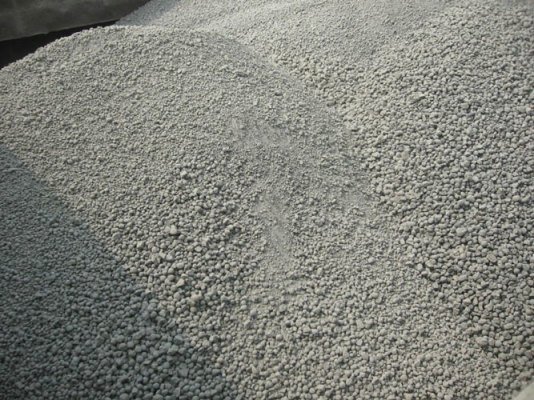The fineness of cement is too fine and the harm is far-reaching? What kind of cement is “good” cement?
As we all know, cement is a cementitious material with the most expensive unit price among ordinary cement concrete and has a key influence on the quality and performance of concrete. It not only directly affects the strength and durability of concrete, but also affects the economy of the project. Therefore, the selection of cement has been an extremely critical part of the concrete preparation process for a long time.

So what kind of cement is “good” cement? How should cement meet concrete preparation requirements? Regarding these issues, there are more or less misunderstandings in the industry, which lead to some misunderstandings in the process of cement production and use.
The fineness of the cement is too fine, and the harm is far-reaching
For a long time in the past, due to some people in the industry unilaterally pursuing the early strength of cement and the pursuit of high speed of construction, domestic cement once showed a trend of getting finer and finer, and some even thought that the finer the cement, the better.
In fact, too fine cement can lead to a series of concrete performance problems.
On the one hand, the fineness of cement is too fine, resulting in too fast hydration rate. Although it is beneficial to the early strength of cement, it is difficult to increase the later strength. At the same time, too fast hydration in the early stage will also increase the risk of concrete cracking, which is not conducive to the improvement of building quality.
On the other hand, as concrete is a cement-based material, hydration is an inevitable step for cement to exert its strength, and this link is also inseparable from the participation of water. This results in tiny cracks and pores in concrete that can never be avoided. Coupled with the influence of environmental changes such as temperature and humidity in the early stage of concrete pouring, a large number of fine cracks and pores actually exist in concrete structures. These will become the source of larger cracks in the later stage, thereby affecting the durability of concrete and the service life of buildings.
So how to solve the problem of micro-cracks in concrete? Appropriately reduce the fineness of the cement, prevent the cement from hydrating too quickly in the early stage, and even make the cement continue to have hydration ability during the life cycle of the concrete structure, which can largely fill the concrete cracks, thereby maintaining the strength of the concrete, improving the durability of the concrete, and prolonging the construction period. material life.
Therefore, from the perspective of improving the service life of the building, grinding the cement too finely is extremely harmful.
The professor of Tsinghua University believes that the low specific surface area of cement will reduce the early strength, but it is of great significance to reduce concrete cracks and prolong the service life of buildings.
In addition, in the actual construction process, the cement with a specific surface area of 330±20 (㎡) can already well meet the construction requirements.
